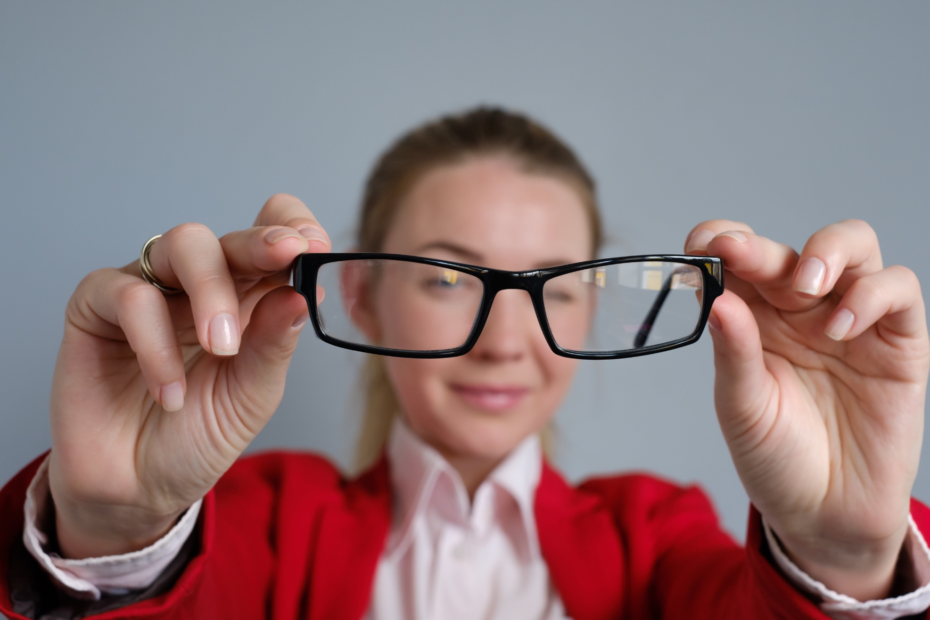Introduction
Ocular disorders in children are often underdiagnosed, as they seldom complain in the initial stages. We recommend that children should have a basic eye check-up at least once before the age of five years and then once every two years or so. An earlier examination may be sometimes warranted, if the parents notice any gross abnormality in the child’s eyes or behaviour.
Common Eye Problems
Common eye disorders in childhood include
- Near-sightedness, (myopia)
- Farsightedness, (hypermetropia)
- Astigmatism (cylindrical numbers)
- Amblyopia (Lazy eye)
- Crossed eyes (Squint)
- Colour blindness
How Often Should A Child Visit An Eye Doctor?
Vision testing is recommended every year for children who use glasses, and once every two years for children who do not.
A complete eye examination is very important in children, to detect any of the problems mentioned above early, so that prompt therapy can be instituted. Sometimes, they can also help diagnose conditions like dyslexia (learning disability). This not only helps to prevent permanent damage to the child’s eyes, but also minimises its deleterious effects in the formative and crucial age of schooling.
Why Do Some Children Have Squint Eyes? How Can It Be Corrected?
Squinting eyes is a condition wherein the alignment of the eyes is not perfect or parallel, either constantly or intermittently. This could be due to a refractive error, any other intra ocular pathology, or genetic factors with systemic associations. If the squint is due to a refractive error, it can be corrected with the prescription of the right glasses. Early correction of squint prevents onset of dense amblyopia (lazy eye).
Sometimes, surgeries to correct the squint may be required.
Why Do Some Children Have Cataracts In Their Eyes By Birth? How Can They Be Corrected?
Congenital Cataracts are associated with systemic disorders, metabolic disorders and intra uterine infections which the mother may have contracted during pregnancy. It could be either bilateral or unilateral. Treatment consists of early diagnosis, with surgical therapy and treatment of associated amblyopia (lazy eye).
How Are Droopy Eyelids Caused? Can They Be Treated?
Ptosis (Droopy eyelids) is a condition wherein the upper eyelid droops, or covers more of the eyeball surface compared to the other eye.
It is usually due to a congenital weakness of one of the muscles around the eye. Left untreated, this can cause lazy eye as the eye is deprived of visual stimuli for its normal growth.
A short surgical procedure can correct this condition.
An Eye Doctor Diagnosed My Child With Lazy Eyes. What Is It? How Can It Be Corrected?
Amblyopia or lazy eyes results whenever the natural visual stimulus is deprived due to causes like refractive errors, squints, congenital cataracts, droopy eyelids etc. It can only be diagnosed by an eye doctor.
It can be treated by correcting the underlying pathology (like prescribing glasses, correcting the squint, correcting the cataract etc.) followed by amblyopia therapy which consists of the following:
The better eye is patched for varied intervals in a day; so as to make the bad eye better. This gives very good results when treatment is done at an early stage and also regularly and promptly.
Eye drops are used in the better eye to make the vision blurred, so as to make the worse eye work and get better.
A special machine projects specific designs in front of the eye which act as visual stimulants.
